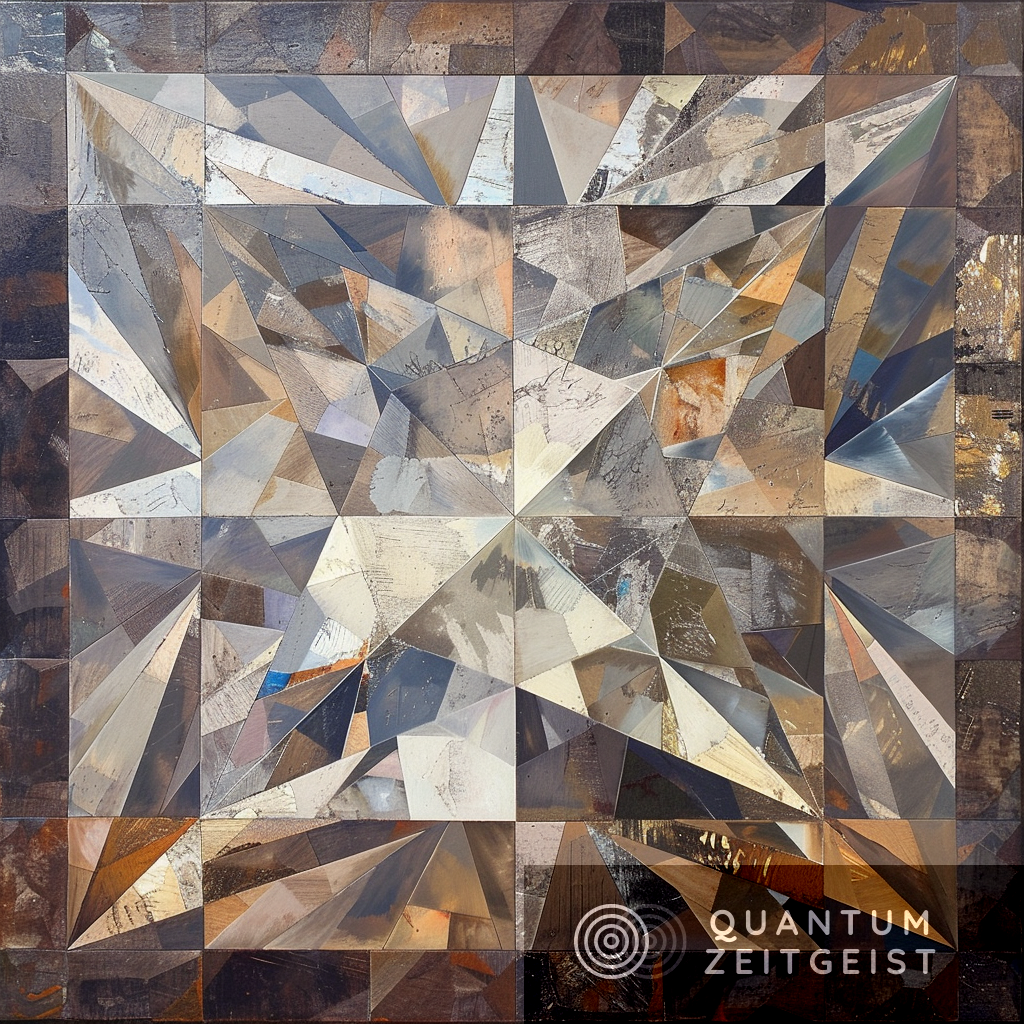Quantum sensors based on the nitrogen-vacancy (NV) centre in diamond are moving from scientific exploration to commercial applications. These sensors can detect crystal stress, pressure, electric fields, temperature, and magnetic fields, but their adoption has been limited due to their size and cost. Recent developments in photoelectric detection of the NV centre’s spin state could overcome these limitations. Researchers have integrated a complementary metal-oxide semiconductor (CMOS) device with a diamond-based quantum sensor, providing a compact and robust readout system. This advancement could lead to wider adoption of these sensors in various applications.
What is the Potential of Quantum Sensors in Diamond?
Quantum sensors, specifically those based on the nitrogen-vacancy (NV) centre in diamond, are rapidly advancing from scientific exploration towards the first generation of commercial applications. These sensors have shown significant progress in developing suitable methods for the manipulation of the NV centre spin state. However, the detection of the defect luminescence has so far limited the performance of miniaturized sensor architectures.
The NV centre in diamond is now firmly established as a room temperature quantum sensor for crystal stress, pressure, electric fields, temperature, and magnetic fields, including nuclear magnetic resonance spectroscopy. These systems reach excellent sensitivity resolution, bandwidth, and range, but commonly require large and costly instruments for their manipulation and readout. These factors have so far limited their adoption to highly specialized applications and also hinder the scalability with respect to the number of sensor elements on a single device.
In recent years, significant efforts have been undertaken towards the miniaturization of NV based sensors, including their required periphery. Typically, the form factor is strongly affected by the microwave chain, including bulky high-power amplifiers, and by the optical components required to read out the NV centre’s spin state.
How Can the Limitations of Quantum Sensors be Overcome?
The recent development of photoelectric detection of the NV centre’s spin state offers a path to circumvent these limitations. This method relies on the direct capture of charge carriers through electrodes fabricated onto the diamond surface and does not suffer from total internal reflection due to the relatively high refractive index of diamond. Photoelectric readout furthermore offers the potential to avoid the limiting saturation behavior of optical readout since the charge carriers are generated at the NV centre in a two-photon ionization process by laser illumination.
However, all of these systems still lack a compact and robust readout system for the NV centre spin state that can be scaled down to the few or even single-defect level. The advent of photoelectric detection of the NV centre’s spin state presents a viable path towards integrated electronic detection.
What is the Role of Complementary Metal-Oxide Semiconductor (CMOS) Devices in Quantum Sensors?
The researchers report on the photoelectric detection of magnetic resonance (PDMR) with NV ensembles using a complementary metal-oxide semiconductor (CMOS) device. The integrated circuit delivers a digitized output of the diamond sensor with low noise and 50 femtoampere resolution. This integration provides the last missing component on the path to a compact diamond-based quantum sensor.
The device is suited for continuous wave (CW) as well as pulsed operation. The researchers demonstrate its functionality with DC and AC magnetometry up to several megahertz, coherent spin rotation, and multiaxial decoupling sequences for quantum sensing.
What are the Future Prospects of Quantum Sensors?
The development of a compact and robust readout system for the NV centre spin state that can be scaled down to the few or even single-defect level is a significant step forward in the field of quantum sensors. The integration of a CMOS device with a diamond-based quantum sensor opens up new perspectives for applications of quantum sensors based on atom-like systems in crystals.
The potential of these sensors extends beyond scientific exploration and towards the first generation of commercial applications. With further advancements in the miniaturization of NV based sensors and the development of integrated electronic detection systems, the adoption of these sensors could extend to a wider range of applications.
The research conducted by the Vienna Centre for Quantum Science and Technology, the Austrian Academy of Sciences Institute for Quantum Optics and Quantum Information, the AIT Austrian Institute of Technology, the Institute of Sensor and Actuator Systems TU Wien, and Infineon Technologies Villach, Austria, is a significant contribution to the field of quantum sensors. The findings of this research could pave the way for the development of more compact and efficient quantum sensors in the future.
Publication details: “Microelectronic readout of a diamond quantum sensor”
Publication Date: 2024-03-05
Authors: Daniel Wirtitsch, Georg Wachter, Sarah Reisenbauer, J. Schalko, et al.
Source: arXiv (Cornell University)
DOI: https://doi.org/10.48550/arxiv.2403.03090

